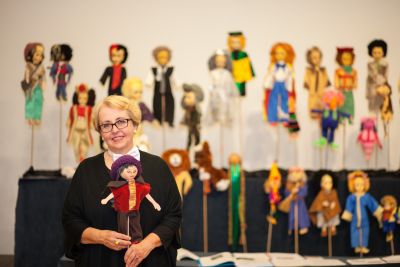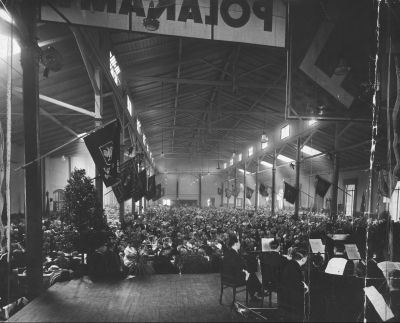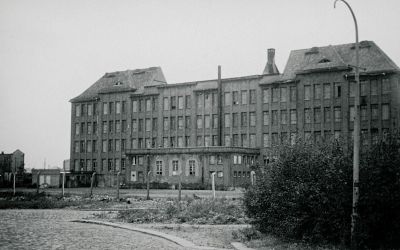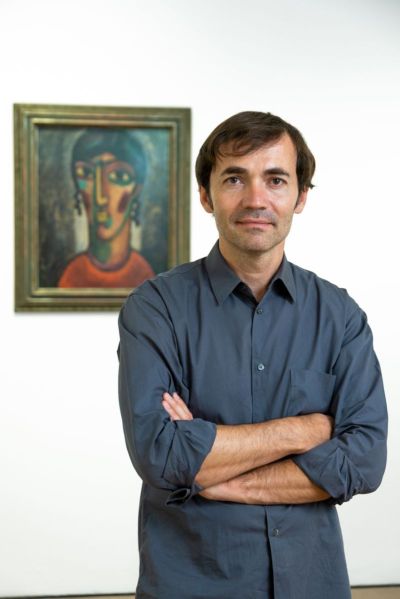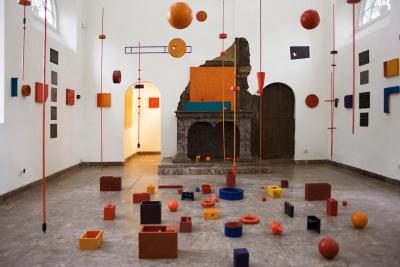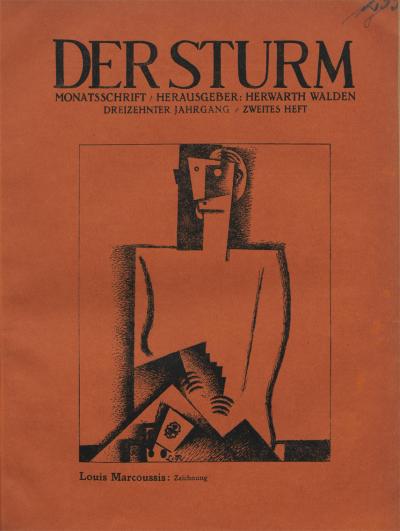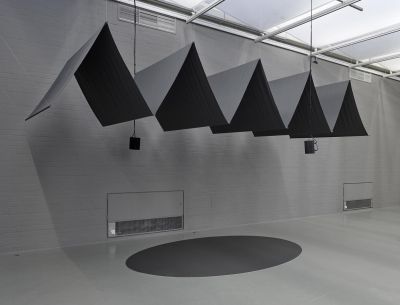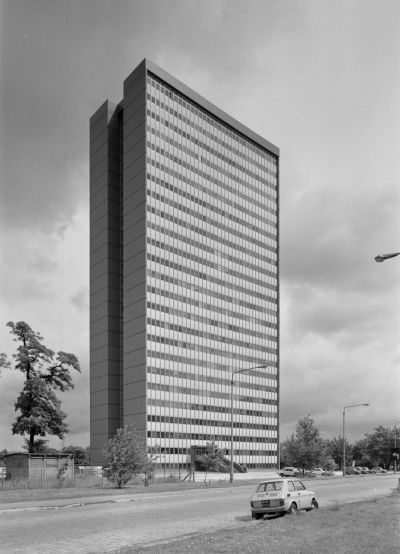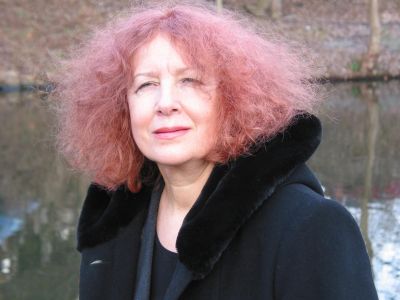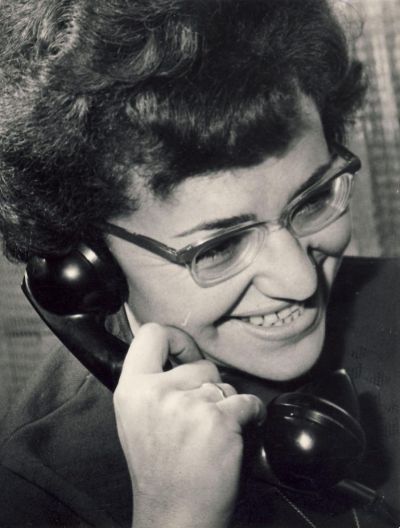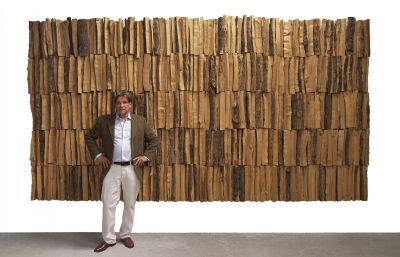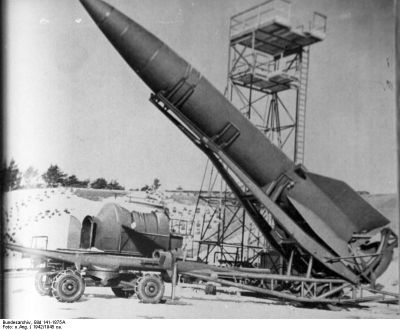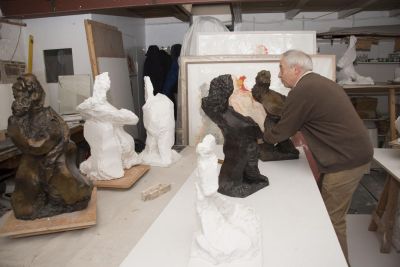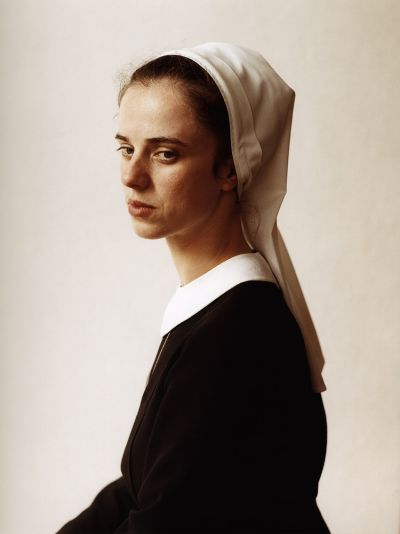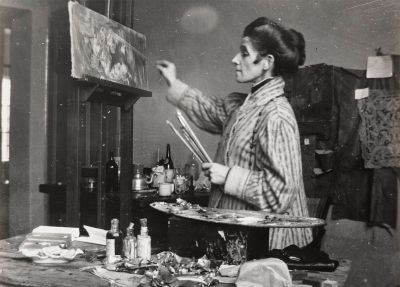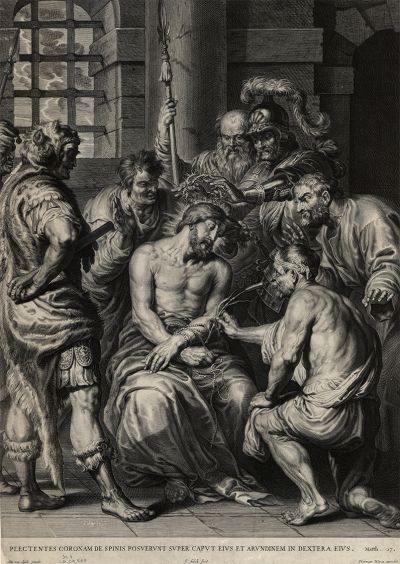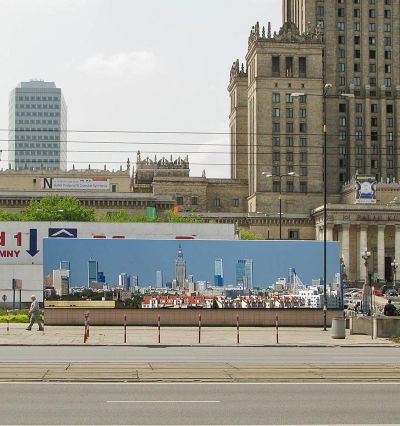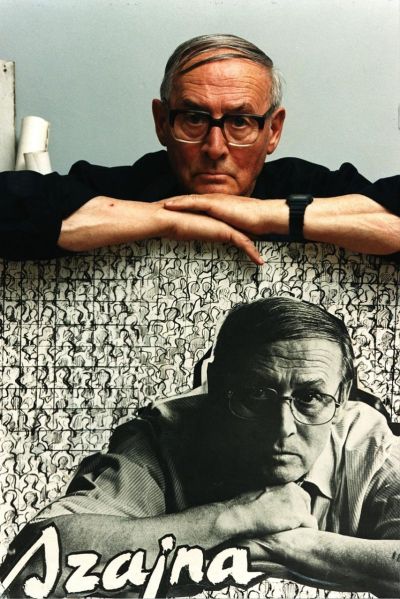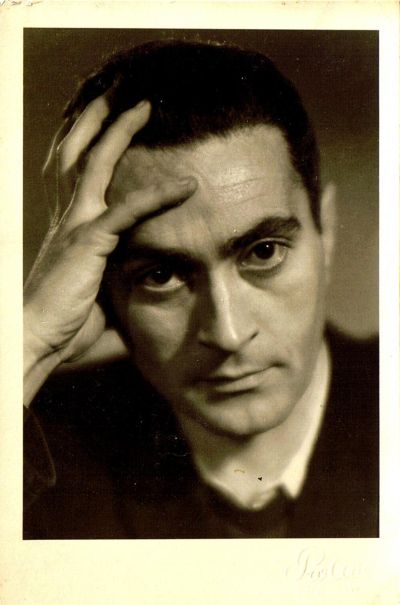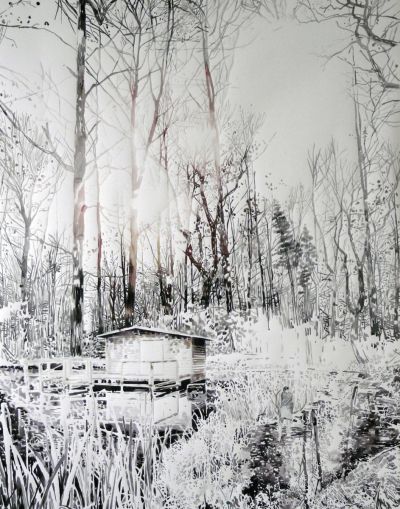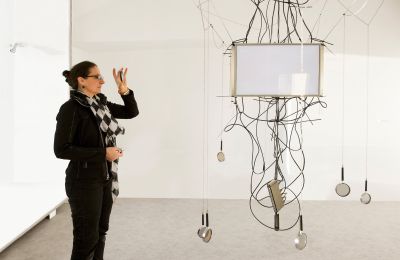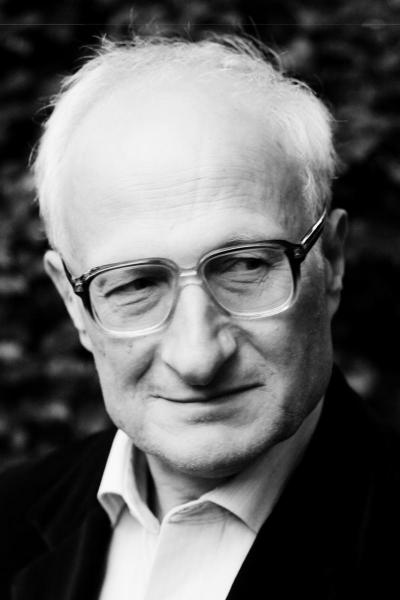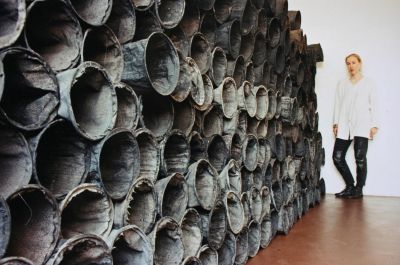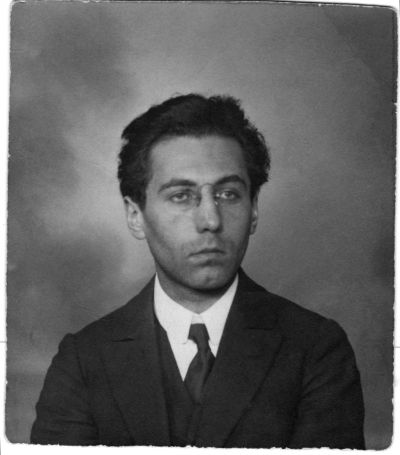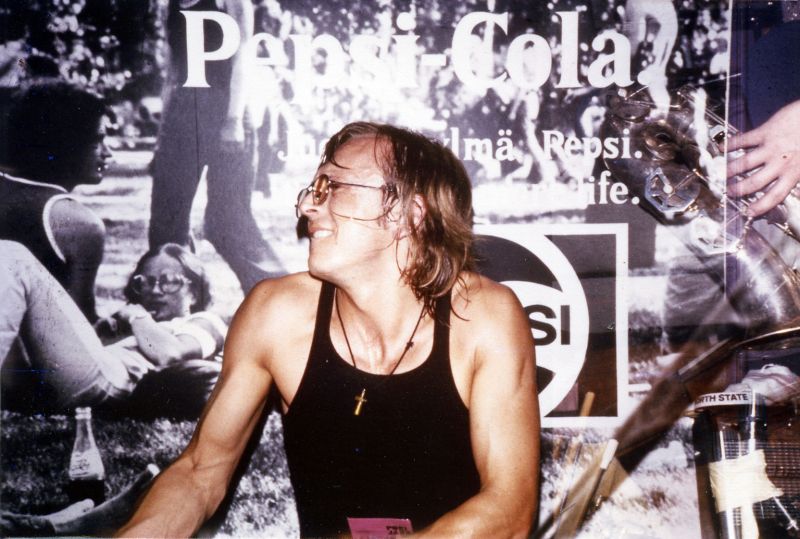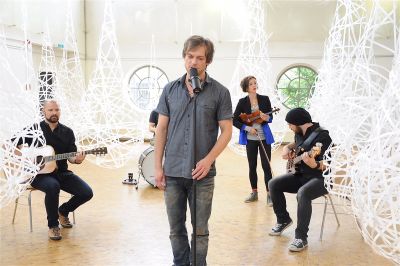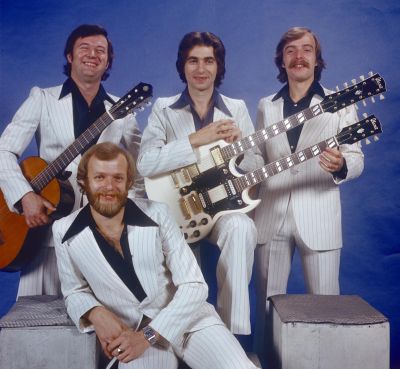Janusz Stefański. Virtuoso percussionist and co-founder of European jazz
Mediathek Sorted
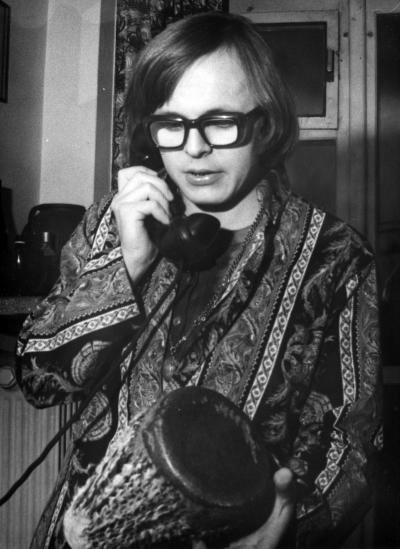
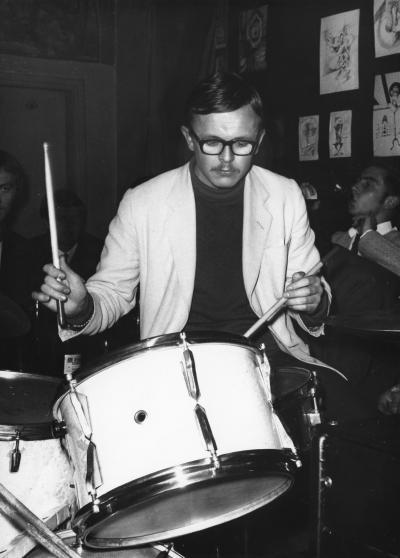
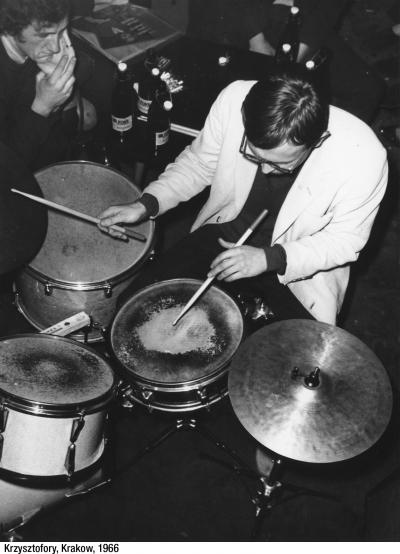
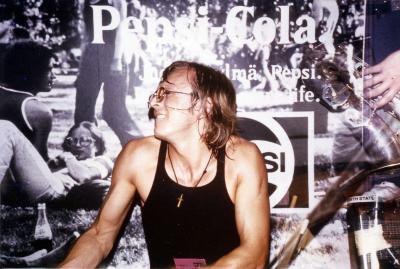
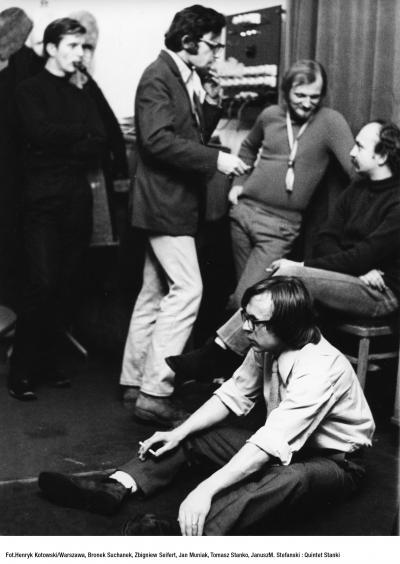
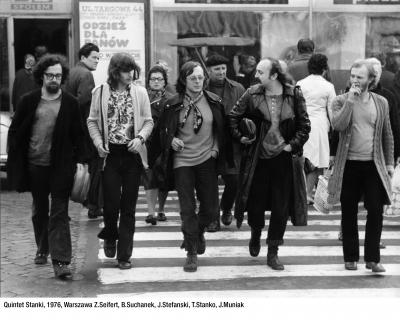
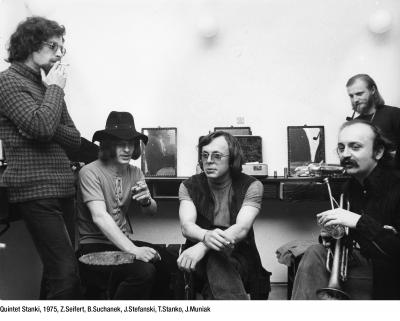
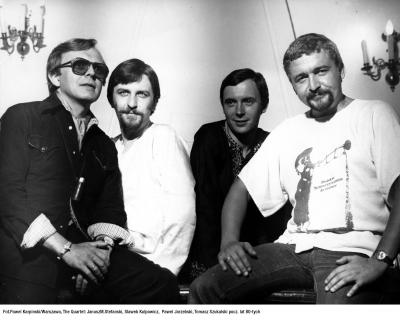
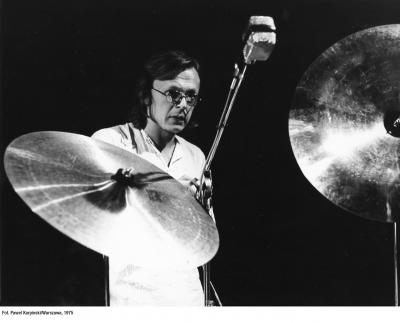
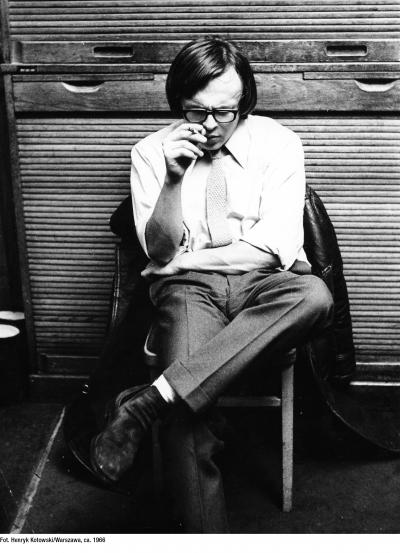
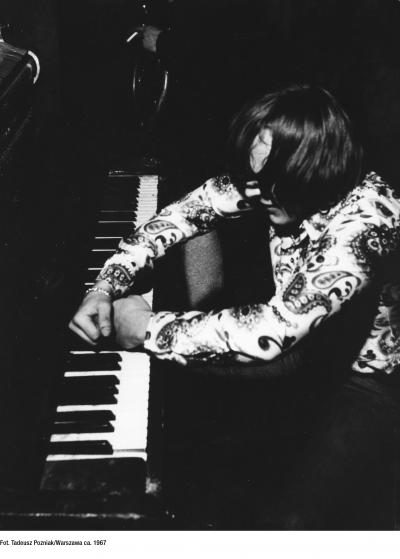
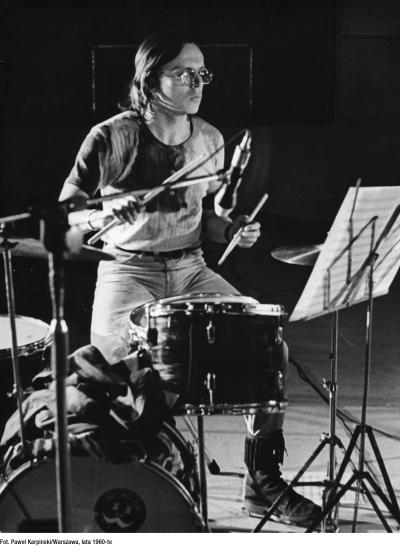
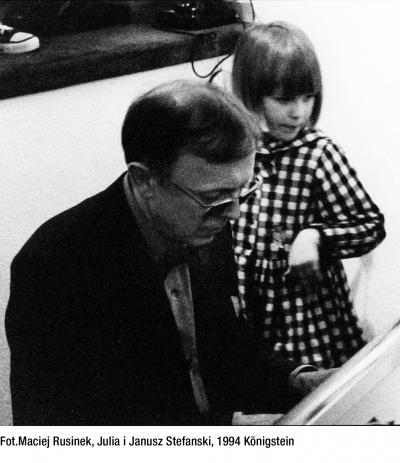
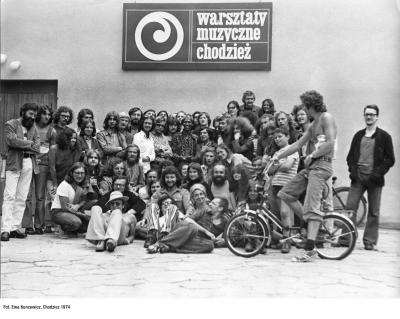
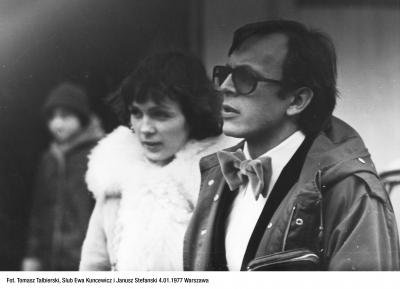
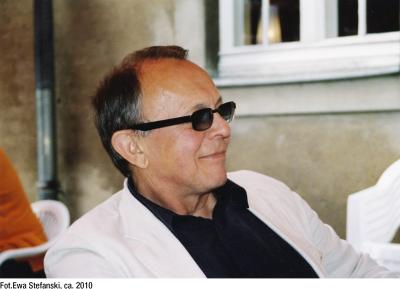

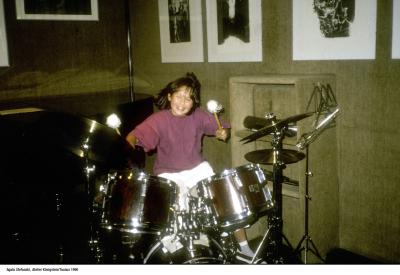
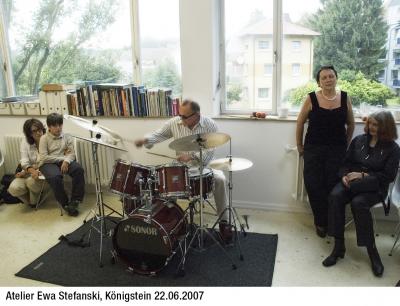
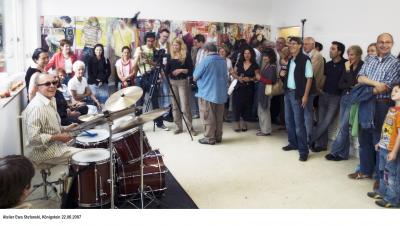
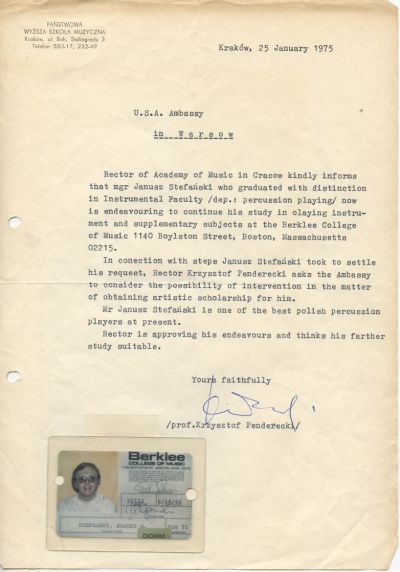
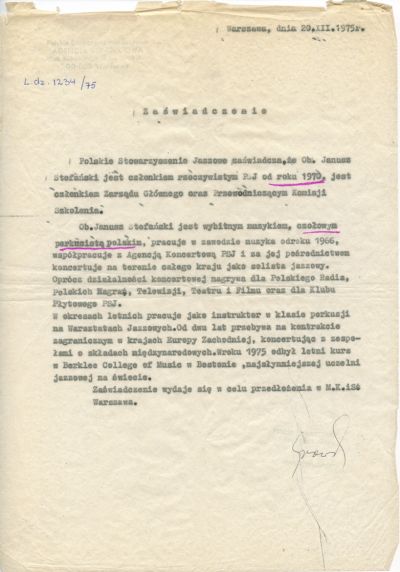



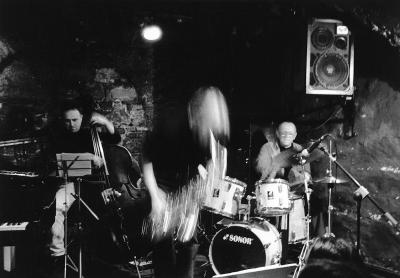



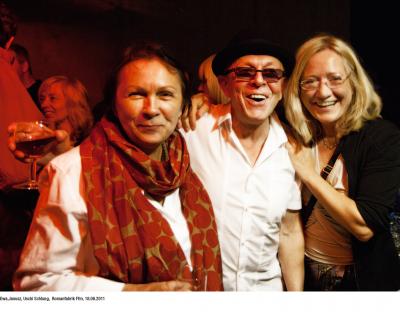
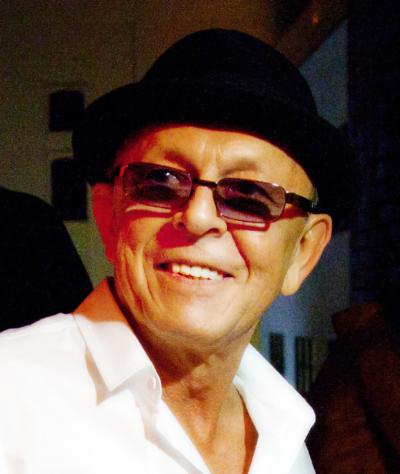
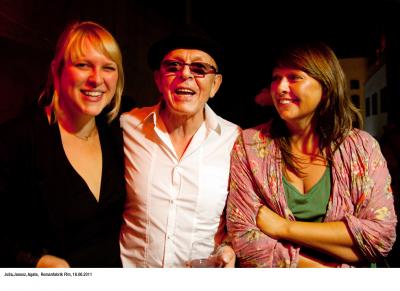
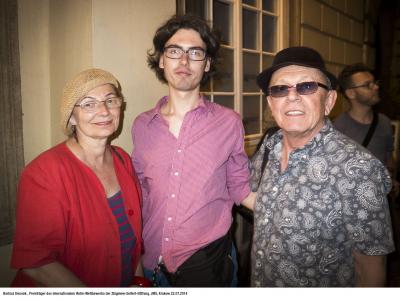

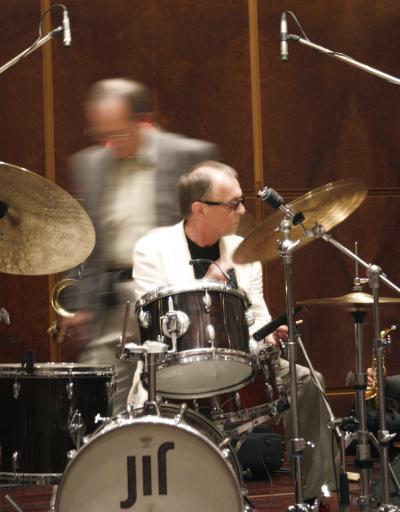
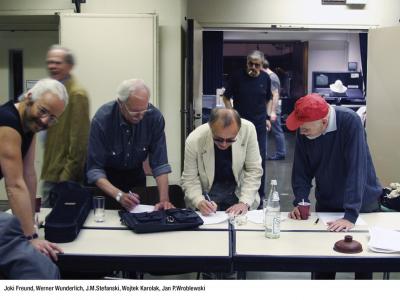
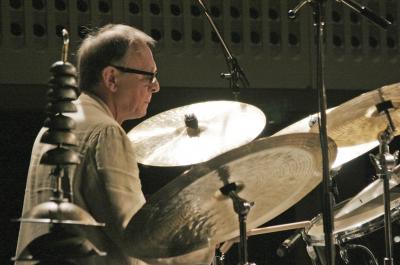

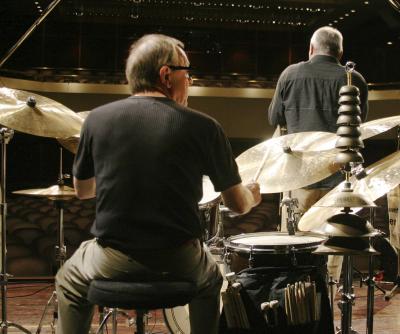
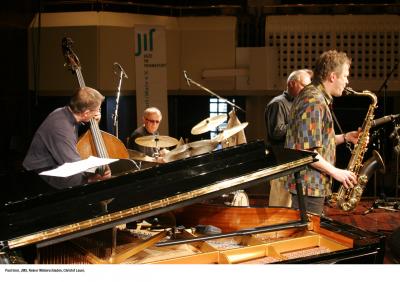
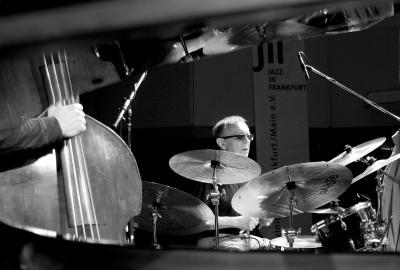
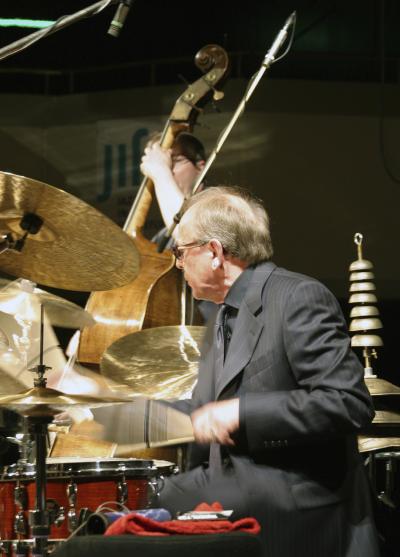
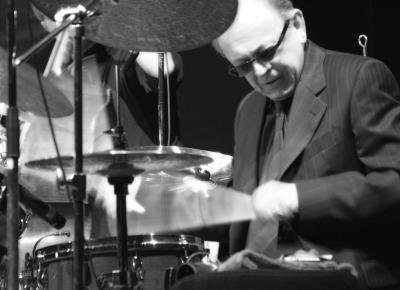
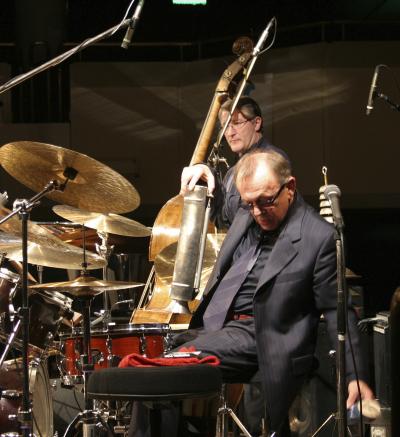
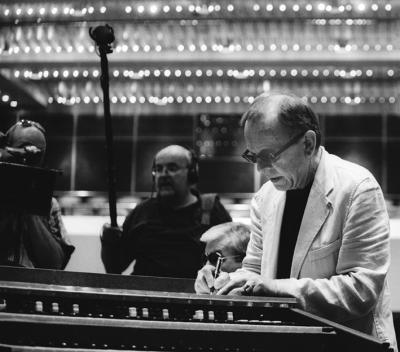
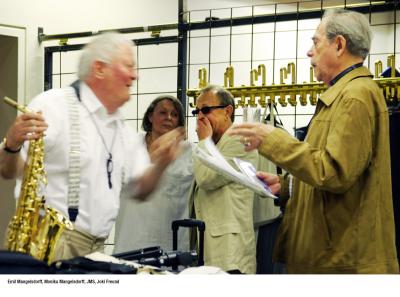
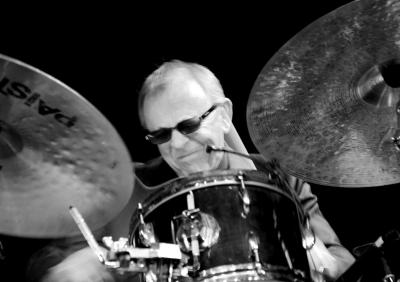
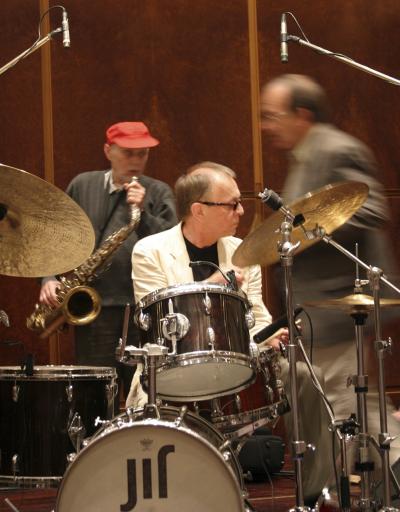
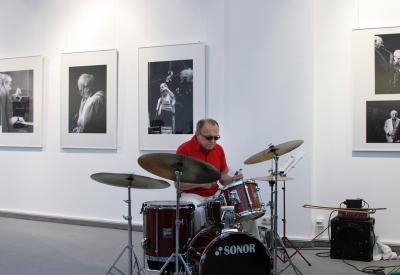
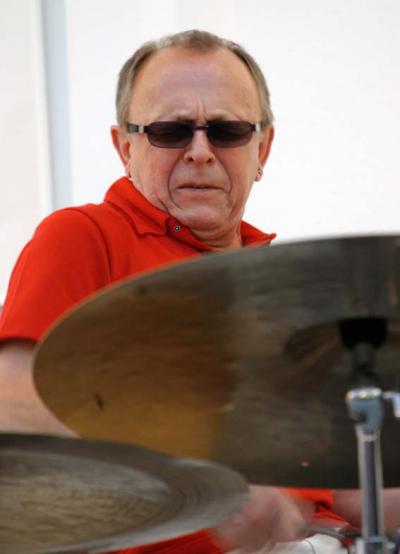
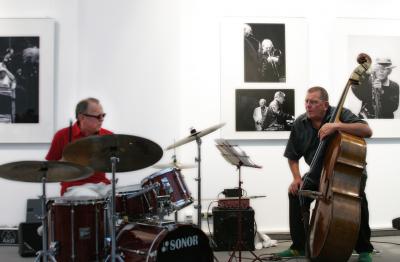


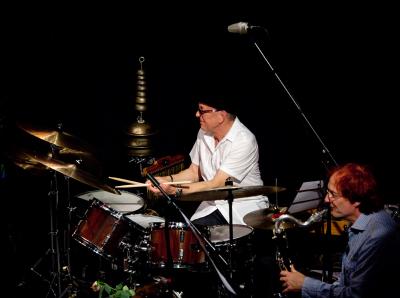
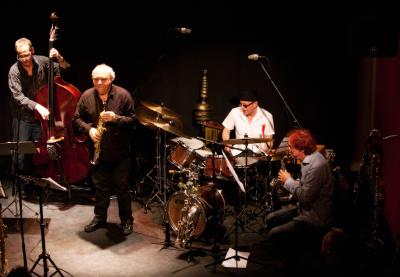
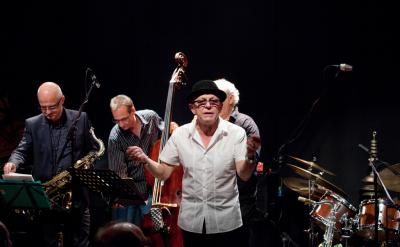
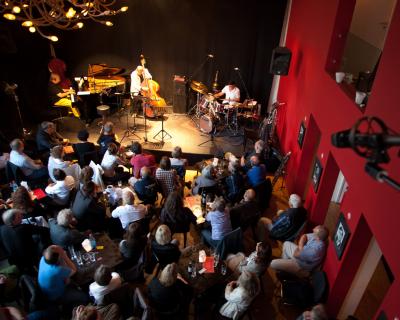
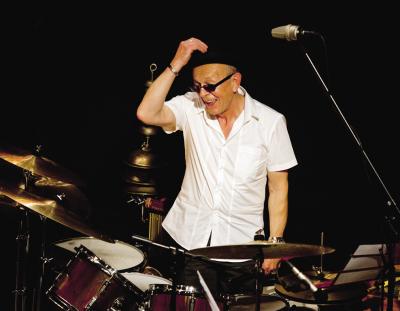
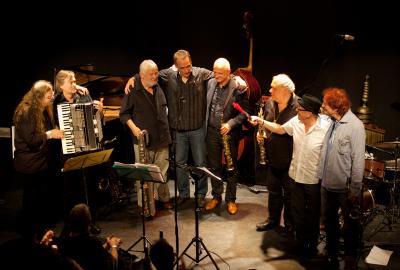
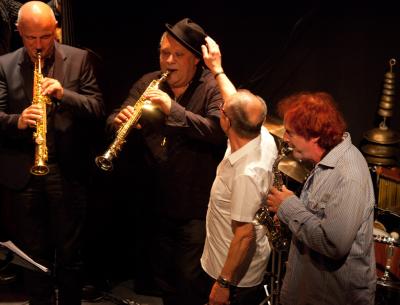
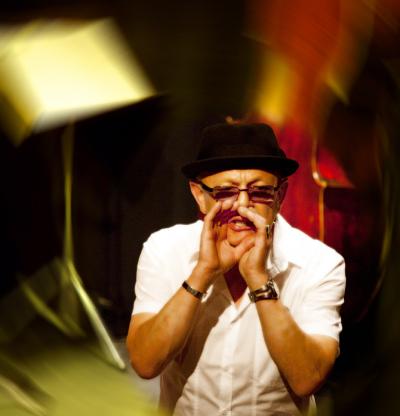
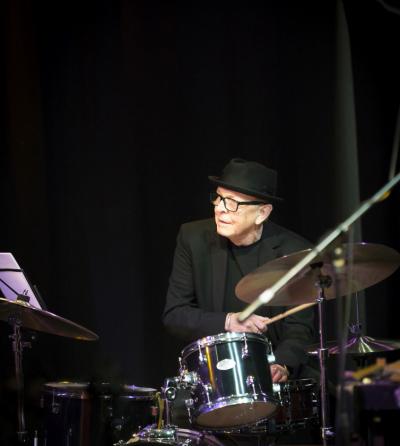
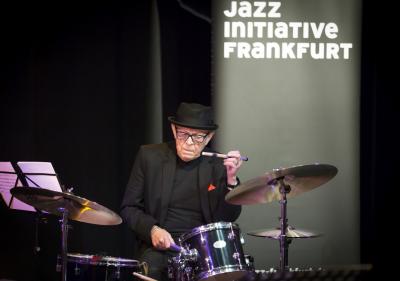
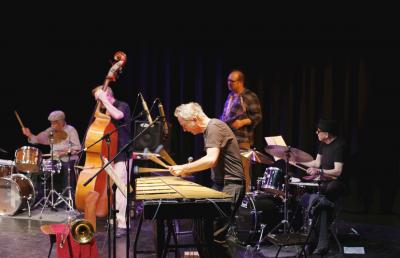
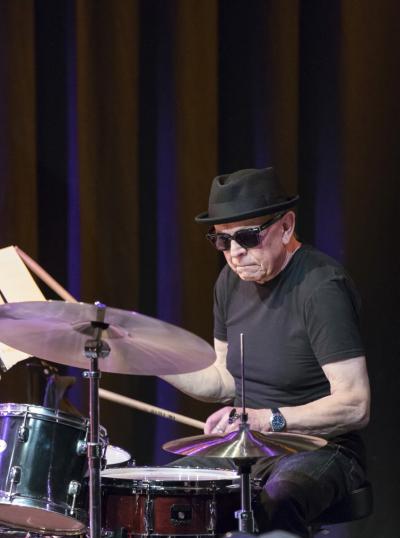
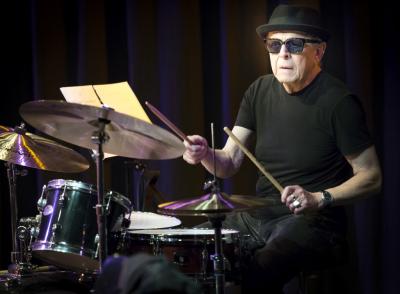
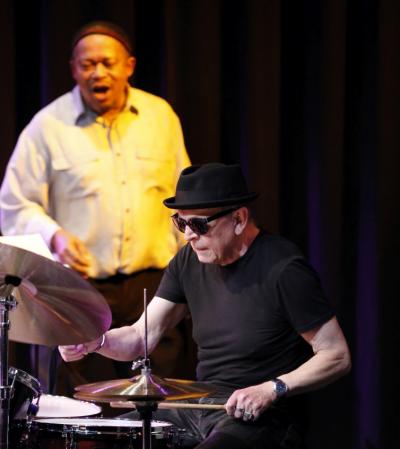
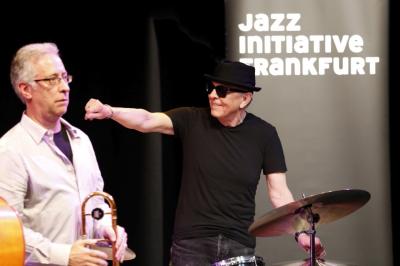
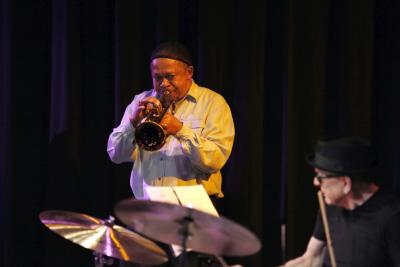
Concert “Jazz gegen Apartheid” (Jazz against apartheid)
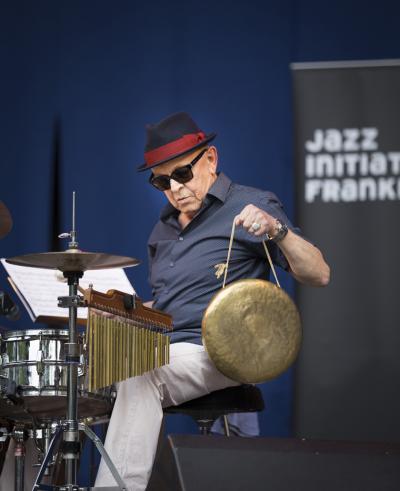
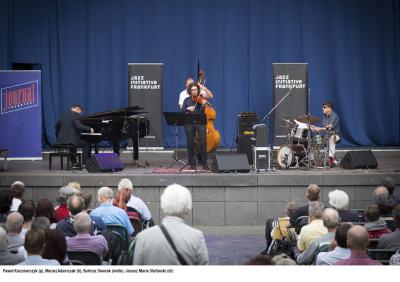
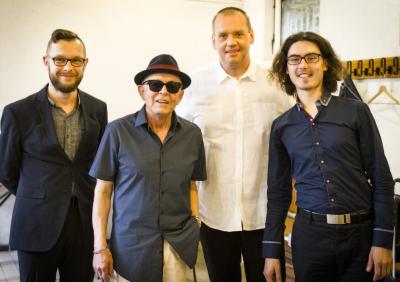
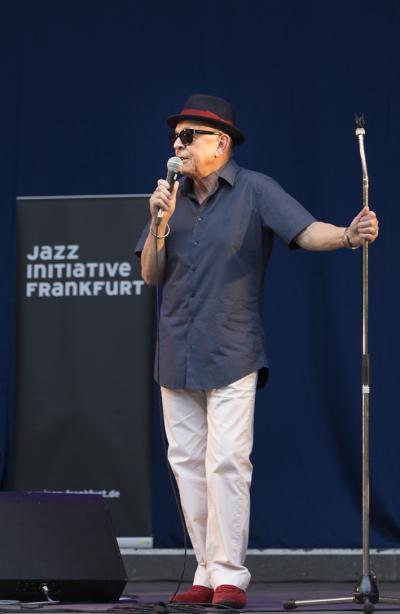
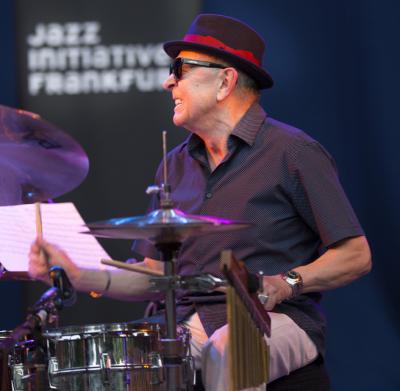
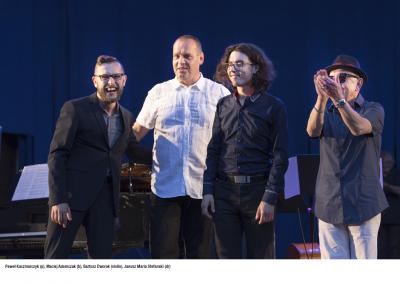
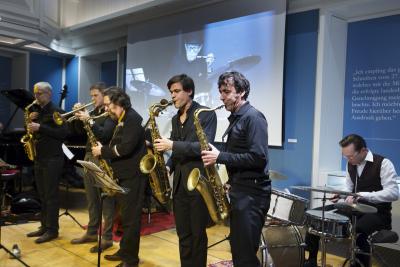

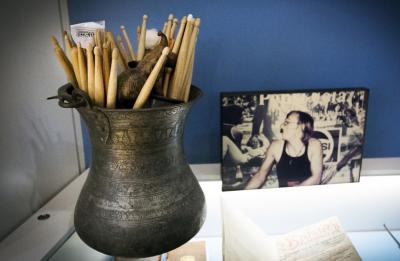















































































Janusz Maria Stefański was born in Kraków on 14/6/1946 to a family of educators and musicians. The family of his mother, Ada Stefańska (1913–2007), were teachers. When she was 15, she became a girl scout. She headed a scout troupe and in 1945 took over the local Kraków-Podgórze group. His father, Ryszard Stefański (1918–2013), was also a member of the scouts even before the war and remained loyal to the organisation after the war ended. From 1957–1959, he headed the local Kraków-Podgórze group while also working in the administration of the “Solvay” soda factory (Zakłady Sodowe “Solvay”). Janusz had two brothers, Wiesław Maria and Ryszard Maria, and a sister, Krystyna.
Piano and drums
Janusz Stefański began learning music aged five at a progressive, experimental music school for piano (Eksperymentalne Studium Gry na Fortepianie) in Kraków. Even then, he began spontaneously tapping about on all kinds of objects that fell into his hands, showing an unusual sense of rhythm. At age 14, he switched to the state music middle school (Państwowa Średnia Szkoła Muzyczna) to learn percussion. He then attended the grammar school.
At 16, his father gave him his first drums, on which he immediately started to produce jazz sounds. He was fascinated by the jazz style, and listened to radio broadcasters from abroad who played this kind of music. He began his real training as a jazz musician in the first jazz class founded by Alojzy Thomys in 1965 at the State Music Grammar School (Państwowe Liceum Muzyczne) in Kraków. One of his classmates was Zbigniew Seifert, who later became a saxophonist, composer and brilliant violinist. Jazz dominated the lives of both young men. After school, they visited the new jazz club, the Helikon.
Janusz Stefański’s school leaving certificate from 1966 lists 28 general, pedagogical and musical subjects. He was awarded the grade of “very good”, for “jazz ensemble”. The drums were his main instrument. The grade awarded for his drum playing was “very good with distinction”.
The logical next step was to enrol at the Kraków State Music College (Państwowa Wyższa Szkoła Muzyczna). However, it took two years longer than usual (from 1966–1973) to complete his studies there, since during this period, Janusz Stefański was already very active in the music scene.
Versatile and avantgarde
Even as a grammar school pupil, Stefański already performed on stage with the “Ewa Demarczyk Band” in the Kraków cabaret theatre Piwnica pod Baranami and also accompanied the singer at concerts in France. He also began collaborating with the “MW-2” contemporary music ensemble led by Adam Kaczyński, in which he performed works by composers such as Bogusław Schäffer and John Cage. The composer Krystyna Moszumańska-Nazar wrote “Interpretacje” (Interpretations) and “Etiudy koncertowe” (Concert studies), two solo works for percussion, especially for Stefański. He played them at prestigious music festivals, such as the “Warszawska Jesień 68” (Warsaw Autumn 68) and the “Festiwal Muzyki Współczesnej” (Festival of Contemporary Music) in Wrocław. On 19 November 1972, Stefański gave a performance of “Etiudy na perkusję solo” (Studies for solo percussion) by Krystyna Moszumańska-Nazar at the Philharmonic Hall in Kraków.
As a highly regarded interpreter of contemporary music, and while still a student, he took part in the “Jazz nad Odrą” (Jazz on the Oder) festival in 1968 and 1969 with the “Zbigniew Seifert Quartet” (Jan Jarczyk, Jan Gonciarczyk), at which the formation won first prize as a band, and Stefański was presented with the award for best soloist. The same success was repeated at the 1969 music festival in Nagykőrös in Hungary. The Seifert Quartet was Stefański’s entry ticket to the avantgarde Kraków jazz school. Within the scene, people soon began to feel that the band was changing the tonality of Polish jazz. In an interview with the Polish magazine “Perkusista”, Stefański remembers playing with the combo during that time:
“My first band gig was the quartet led by Zbyszek Seifert, with whom we played atypical jazz standards. We exploded the forms, broke the timing and rebuilt it completely in the way in which we wanted it to be. We phrased very intuitively while we did so. All of it sounded less clear than what the American musicians were doing. It was only later that we found out how to interpret them in the right way. I have always been fascinated by the way Elvin Jones plays, and still am. To get a better feel of the aesthetic of his way of working with the drums, I studied and analysed his playing. I love pushing through the bar line, syncopating, and rolling avalanches of dark tones to create arcs of tension. This kind of musical treatment is only possible with mature, courageous, strong musicians, who are loaded with feeling and full of soul.”
It was while playing at the Warsaw Jazz Festival, the “Jazz Jamboree 67”, that Stefański began his long collaboration with the jazz studio of the Polish state radio broadcaster (Studio Jazzowe Polskiego Radia) headed by Jan Ptaszyn Wróblewski. However, Stefański’s interests were not limited to jazz. During this time, he also made recordings with Marek Grechuta and Czesław Niemen.

